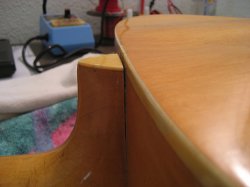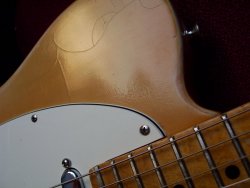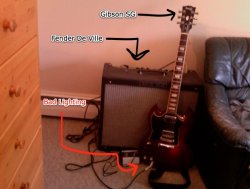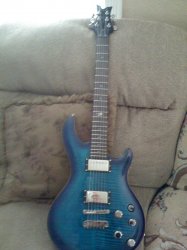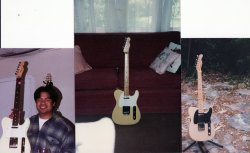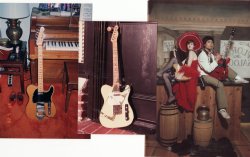When buying a second hand guitar you want to check for a few things, such as are there cracks where the neck meets the body and such.
View attachment 155001
On any set neck guitar, it's a deal breaker when there is a crack in the joint, as opposed to just the finish where the two join which often cracks due to changes in moisture. Most of my vintage guitars have finish cracks there.
Some guitar makers, Gretsch before the '80s, used a faulty long term glue for the neck joint and many examples of those older Gretsches have major issues, but being such a collectible guitar, those old Gretsch guitars (and some other collectibles) are worth fixing with a proper, modern glue. Luckily, other makers such as Epiphone, Martin, Takamine, Ibanez, Yamaha, Alvarez, and Gibson had glues that held up over a long period of time.
Also many very old guitars, some of them very good and desirable have considerable cracks in the finish on the top of the guitar, and in most cases, this does not hurt its value. Ironically, for vintage collectible guitars, refinishing or repairing such cracked/checked finishes hurts the value even though it can make the guitar look better. Collectors sometimes like the cracks in the finish, plastic parts, as well as rust on the metal parts. It is also harder for a forger to copy and even purposely distressed guitars from actual big time makers, like the Fender relic series, still don't get it perfect.
Though the crack on the picture below looks hideous, it's beautiful in the eye of the collector. Many a great vintage guitar are ruined by having even a nice refinish done on them because after any refinish, old guitars simply don't look genuine. Check out an unaltered old electric with John Mayer. It may have dents and wear and not play like new, but even pros prefer such instruments.



